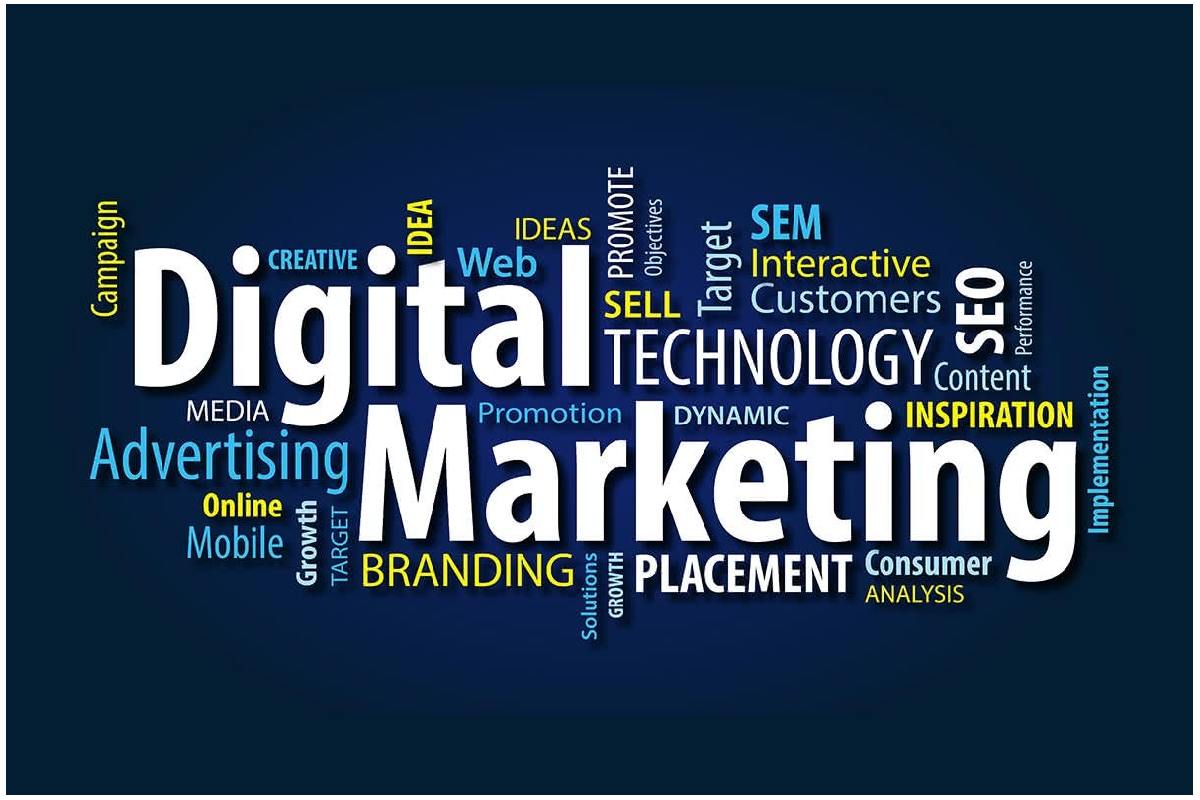Small businesses are often described as the heart of local communities and the driving force behind economic growth. From family-owned shops to ambitious startups, these businesses fuel innovation, create jobs, and bring unique services to the market. But despite their importance, many small business owners face a familiar struggle: limited access to the funding they need to expand or simply keep operations steady during slow periods.
Traditional loans can be restrictive, requiring large lump sums with rigid repayment schedules. For many entrepreneurs, this setup doesn’t align with the unpredictable nature of running a business. What small business owners truly need are financing options that are flexible, practical, and designed to support growth in real-world scenarios. That’s where solutions like business lines of credit come into play. By giving owners access to funds when needed, these tools can make the difference between stagnation and steady growth.
This article will walk you through the concept of smart financing, explain how it supports small business growth, and share practical ways you can use it to build resilience and long-term success.
Understanding Smart Financing Options
When people think about business financing, they often picture taking out a large loan and paying it back over the years. While that’s one option, it’s not always the smartest approach. Smart financing is about finding funding solutions that adapt to your needs, rather than forcing your business into a one-size-fits-all model.
For example, a business line of credit is one of the most flexible tools available today. Instead of borrowing a lump sum, you can draw funds only when you need them and repay as you go. Once the balance is paid down, the funds become available again, creating a safety net for unexpected expenses or seasonal cash flow challenges. This flexibility allows you to manage working capital more effectively without taking on unnecessary debt. If you want to see how this option works in real terms, you can visit https://www.sofi.com/small-business-loans/business-line-of-credit/ for details on how a business line of credit can provide quick access to funds without the long-term commitment of a traditional loan.
Other financing options can also play a role depending on your situation. Equipment financing, for example, allows you to spread out the cost of essential tools, while invoice factoring can provide quicker access to cash when clients delay payments. These solutions, much like a line of credit, are most effective when they align with your business’s specific needs and long-term plans. The real advantage comes from treating financing as a strategic partner in growth, rather than just a way to cover shortfalls.
How Smart Financing Fuels Business Growth
Access to flexible funding doesn’t just solve short-term challenges; it can also fuel long-term expansion. For example, imagine you run a small bakery. A sudden opportunity comes up to supply a local grocery chain. Without immediate access to funds, you might miss out. But with smart financing, you could invest in larger ovens, hire staff, and purchase supplies, enabling you to meet demand and grow your brand.
For tech startups, financing might mean funding product development or investing in software upgrades. For retail stores, it could support marketing campaigns or inventory expansion. In each case, smart financing creates the freedom to act on opportunities quickly rather than watching them slip away.
Perhaps most importantly, financing also provides cash flow stability. When payroll or rent is due, having a reliable funding source ensures business operations continue without interruption. That stability builds trust with employees, customers, and suppliers, all critical elements for long-term growth.
Balancing Risks and Rewards
Of course, financing is not without risks. Borrowing too much or mismanaging repayments can create financial strain rather than relief. This is why it’s important to view financing as a tool, not a crutch.
A good rule of thumb is to borrow only what you need and to align repayment schedules with your revenue cycles. For example, if you operate a seasonal business, consider financing options that allow you to repay when cash flow is strongest. Favorable terms, such as lower interest rates or flexible repayment windows, can also make financing more sustainable.
Being cautious doesn’t mean avoiding financing altogether; it simply means being intentional. Smart financing is about balancing opportunity with responsibility, making sure every dollar borrowed has a clear purpose and path to repayment.
Building Long-Term Business Resilience with Financing
Smart financing isn’t just about surviving tough times; it’s about building resilience for the future. Businesses that use funding strategically can diversify income, expand their reach, and invest in innovation. For example, a restaurant might add catering services to create steady revenue, while a retailer could use a line of credit to prepare for the holiday rush. Financing also helps cushion against downturns, giving businesses the stability to avoid closures or layoffs. By planning ahead and using financing wisely, you set up your business not only for growth but also for long-term strength.
Actionable Steps for Entrepreneurs
If you’re considering financing, start by assessing your current financial health. Understanding your cash flow, expenses, and growth goals will help you determine what type of financing makes sense.
Next, research and compare multiple financing options. Each has its advantages, whether it’s flexibility, low interest rates, or quick access to cash. Building a relationship with lenders early can also give you an edge when it comes time to apply, as they’ll already understand your business’s track record and potential.
Finally, use financing strategically. Instead of borrowing to cover day-to-day expenses, tie it to growth objectives. That might mean expanding your product line, entering a new market, or investing in marketing that generates long-term returns. When financing is tied to strategy, it becomes a powerful tool for growth rather than a short-term fix.
Smart financing is more than borrowing money; it’s about choosing the right tools to strengthen and grow your business. Whether it’s a line of credit, equipment financing, or invoice factoring, the right option provides the flexibility to seize opportunities, manage cash flow, and build resilience.
As a small business owner, the decisions you make about financing today can set the stage for your success tomorrow. By approaching financing strategically, you can turn challenges into opportunities and position your business for long-term growth. With the right mindset and smart financial tools, growth is not just possible, it’s sustainable.





